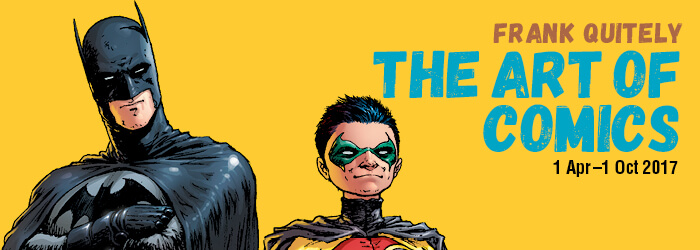Whether it is creating a cool cover, selecting the paper samples or agonising over the print techniques, brochure design projects tend to be one of those things that a creative enjoys doing the most. When clients approach us with their briefs for brochure projects – there tend to be a lot of unanswered questions regarding things like structure, content and printing. We’ve put this handy wee guide together to help answer some of these questions.
1. What would you like to achieve with your new brochure?
Before we get to creative questions, this is a big one. What’s your new brochure actually for?
Could it be any of the following.
– Introduce the company to new customers?
– Introduce a new product or service to market?
– Highlight the value of that particular product, service or maybe even a process?
– Something more objective – generate more leads/sales?
– Anything else?
Any info on the above really helps us, or another creative company, understand your goals for the project.
2. Tell us about the company/product/service?
Depending on what you’re hoping to achieve, it’s important to also know about the company/product/service being represented. It can be anything from what does the company do? What is the product going to be known for in the marketplace? Or any other info which helps us to better understand what we’re bringing to life?
3 Who’s the target audience?
At the loft, we want to ensure that the right messages are presented to the right people in the right way. Some people prefer to read things that are short and sweet, some prefer friendly pictures and others enjoy poring over technical information. The more you can tell us about the intended audience, the more we can design a brochure that fits.
Can you tell us, is your audience.
– Young/Old?
– Male/Female?
– Fun/Serious?
– Take their time/Don’t have time to waste?
– Anything else we need to know that we haven’t mentioned?
Of course, if you want to engage with all of these types of people that is fine – we can design that in too.
4. What about the Basics?
Now, we need to know a little about the brochure itself.
Can you tell us any of the following.
– Landscape or portrait?
– Number of pages?
– What goes on each page – images/words/graphics/ information tables/ other?
– Any legibility issues to design-in?
Any of the above which helps to fill in the gaps to what kind of brochure you’re looking for is helpful.
5. Do you have content?
Graphics, text, photographs – you’re brochure is likely to contain all three.
What do you have, what do you need and what can we help with.
– Available photography/stock photography you like?
– Any infographics or other graphics?
– Information tables?
– Anything we may have missed?
6. How about written copy?
One of the most important things about any brochure is finding great words that bring it to life. Do you have copy or would you like us or another to help?
Let us know.
– What you have?
– What you need?
We can help with the rest.
7. What would you like to do with printing?
Once all the hard work is done – you are going to have to print your lovely new brochure. There are a tonne of different options with paper and print techniques.
What we’d like to know…
– Do you prefer to work with a specific printer?
– How many examples will you need?
– Any favoured print samples/techniques?
– Any special requirements for the covers?
– Anything we may have missed?
As always, if you have questions, let us know? We’re all print nuts in the studio and love to help clients with their print requirements, so don’t be shy.
8. Do you have brand guidelines?
It wouldn’t be a loft post if we didn’t mention brand guidelines. In the nicest way possible – if you have them, we want them.
9. What are the key deadlines?
Getting to the nitty-gritty, how long do we have? As with all creative projects, we are guessing you’ll have a big deadline and clear completion date. Thinking beyond the big one for a minute – are there any smaller milestones?
These may include.
– Press releases
– Board meetings
– Product launches
– Internal presentations
– Digital campaigns
If you have other stuff going on, let us know? Most brochure projects involve creating content, if we have this ready, we can make it available for you before the project is finished. Great for mini-campaigns, website updates, etc.
10. Budget?
Knowing a budget to work towards allows us to best decide on resources and plan effectively.
The following is helpful to kick-off with.
– Minimum-to-maximum budgets for the project?
– Any specific content budgets for printing/photography/copy/other?
If you are looking to maximise your creative budget, check out the following guide >>>
And that’s a wrap.
Whether you have everything on the list or not, don’t worry, we can help fill in the gaps. Thanks for reading and don’t hesitate to contact us if you have any questions.
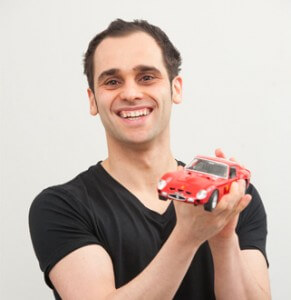
Benedetto is an ideas-driven Creative Entrepreneur. He is on a mission to unleash the power of creativity to create a better world – for people, business and society. He is the founder of the loft, a design and branding house which operates worldwide helping companies bring their brands to life in the most imaginative and effective ways possible. A real man on a mission. Benedetto likes to make things happen and happen fast and in a big way. He wants things done yesterday and is relentlessly driven in his quest to make tomorrow better than today for his company, the people he serves and the wider community.

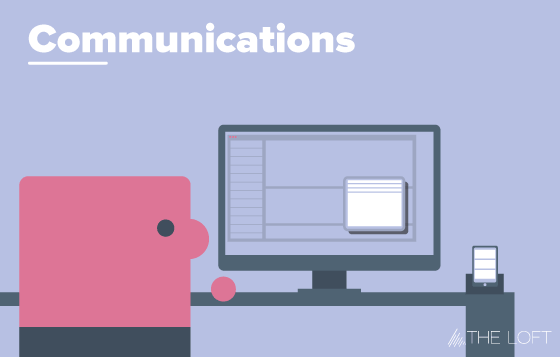


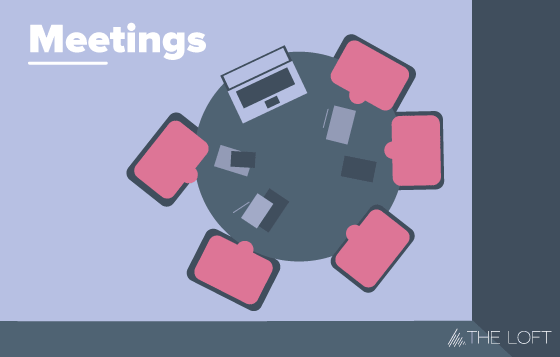
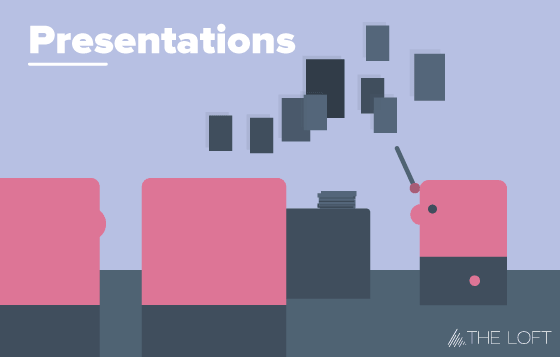
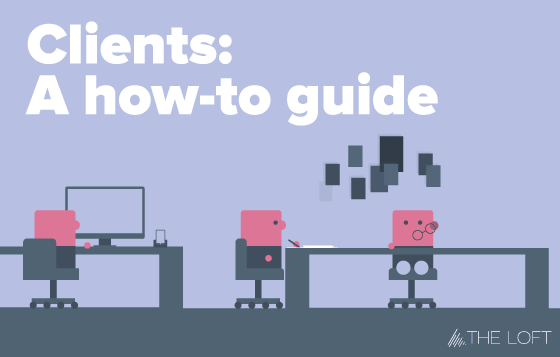

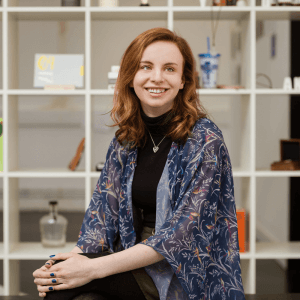



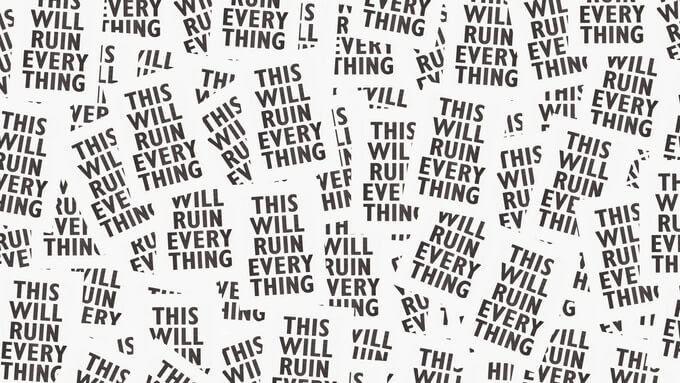
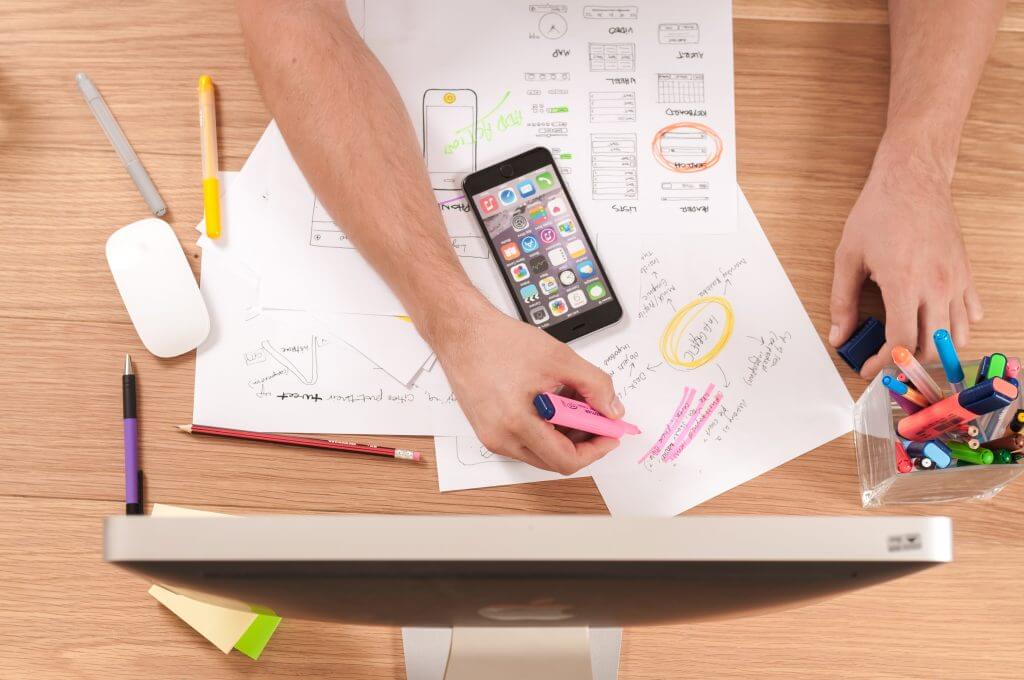
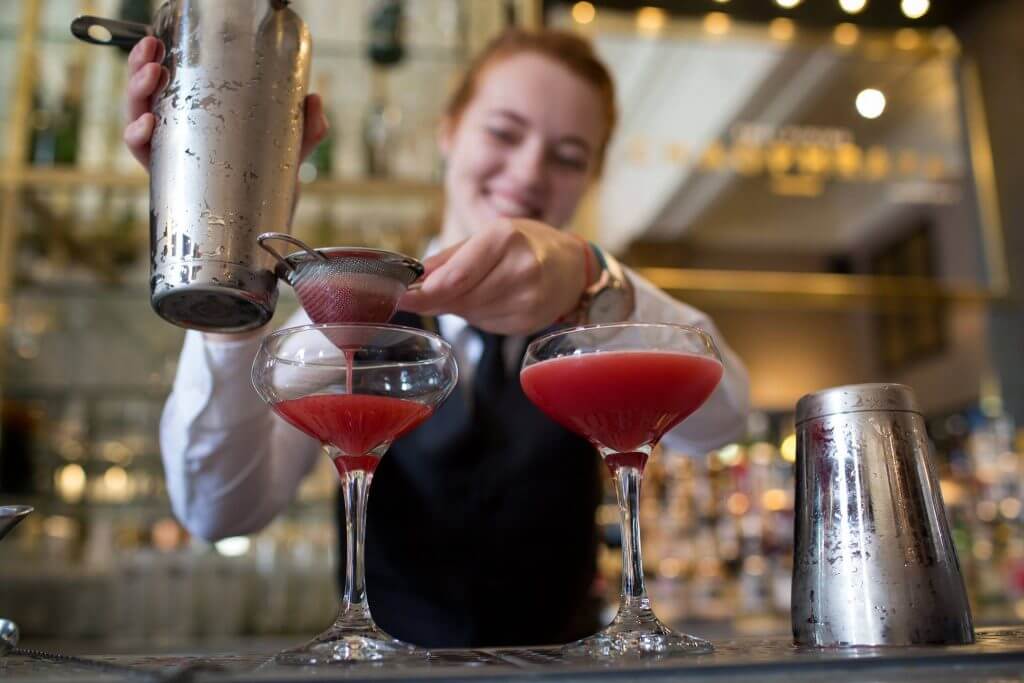

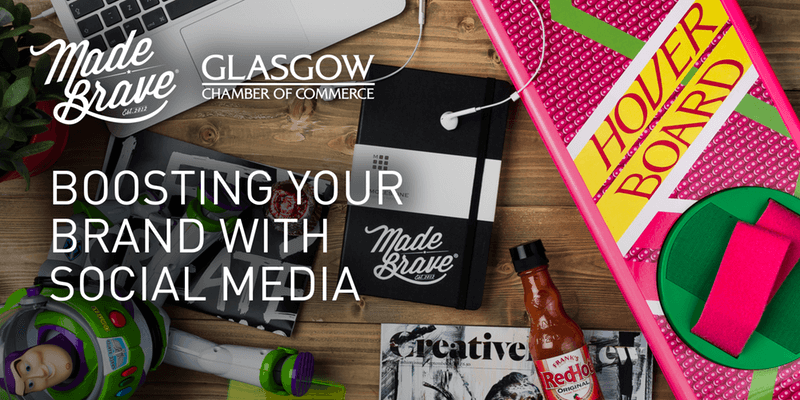
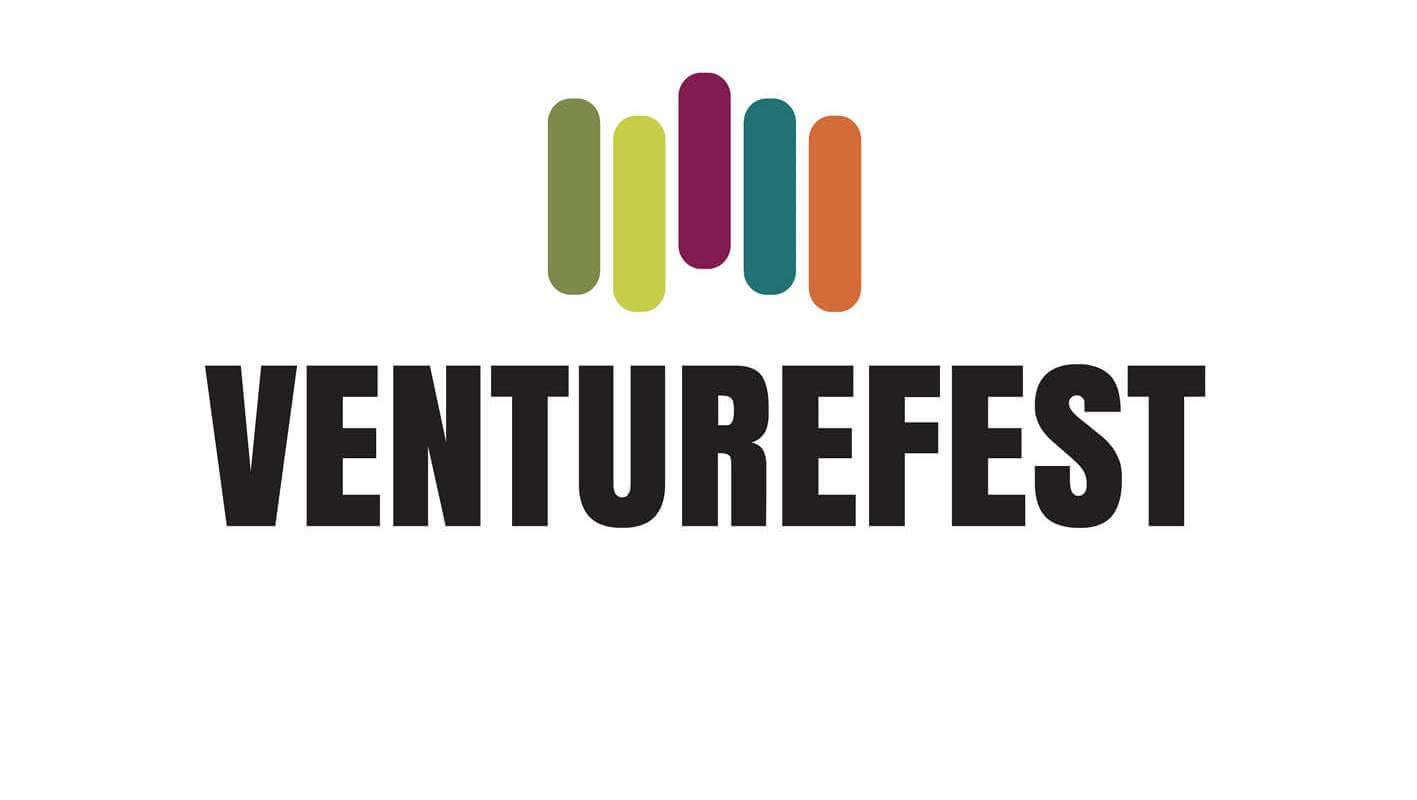 Venturefest
Venturefest